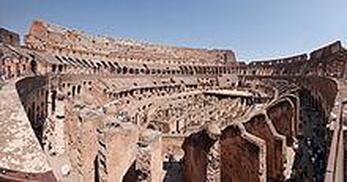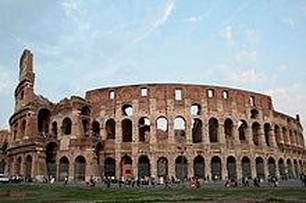Basic Gist
Second Wave civilizations were extremely wealthy and like to flaunt it. They did this by conducting massive construction projects, some on the scale of the Egyptian pyramids. From all corners of the earth all these civilizations had to have splendor and grand cities filled with magnificent architecture. From the Coliseum to the Parthenon every second wave society had to show its wealth to the world no matter the cost. This architecture advanced with its respective civilization and eventually developed into something completely new reflecting the changes the civilizations went through. The architecture that remains today stands as a testament to the durability and tenacity of the people that built them and the civilizations they represent. Although they might of fallen from glory, their architecture will stand tall.
Case Study: The Colosseum
The Colosseum was one of the greatest Architectural advances of any 2nd wave civilization and definitely the greatest of Rome. It was formed from concrete and stone and took eight years to build. Capable of seating over 50,000 spectators, the Colosseum was used for gladiatorial contests and public spectacles such as mock sea battles, animal hunts, executions, re-enactments of famous battles, and plays. The colosseum was important to the romans because it showed a lot about them. The activities in the colosseum were usually bloody which showed their love of blood also it was used to entertain the masses of poor people in rome at the time, they distracted them by using games to prevent revolt from starting. Also the colosseum was definitely a show of the architectural genius at the time of ancient rome. The structure was massive, it had room for 50,000 spectators and could be flooded to show naval battles. The Colosseum stopped being used for entertainment in the early medieval ages and was then used for religious matters. In 217, the Colosseum was badly damaged by a major fire which destroyed the wooden upper levels of the amphitheater’s interior. It was not fully repaired until about 240 and was repaired again in 252 and 320. Every entrance to the Colosseum has a roman numeral overhead labeling each door. Now a days the Colosseum is just a tourist attraction for the thousands of people who visit Rome each year.


